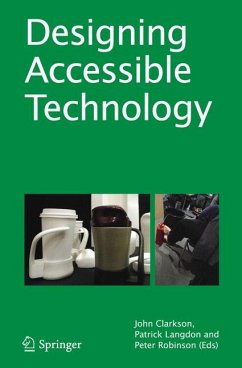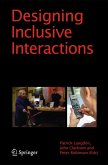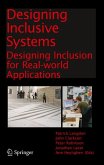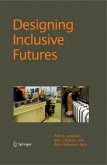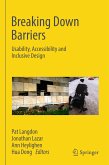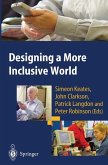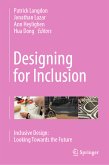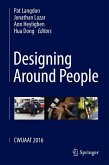This book was stimulated by the third CWUAAT workshop, held in Cambridge, England in April 2006; the contributors representing leading researchers in the fields of Inclusive Design, Rehabilitation Robotics, Universal Access and Assistive Technology.
Contributions focus on the following topics:
- design issues for a more inclusive world;
- enabling computer access and the development of new technologies;
- assistive technology and rehabilitation robotics; and,
- understanding users and involving them in design.
The CWUAAT workshops have a general focus on product and solution development. As a result, many of the requirements for the successful design of assistive and accessible technology have been addressed and these range from the identification and capture of the needs of the users, through to the development and evaluation of truly usable and accessible systems for users with special needs.
Dieser Download kann aus rechtlichen Gründen nur mit Rechnungsadresse in A, B, BG, CY, CZ, D, DK, EW, E, FIN, F, GR, HR, H, IRL, I, LT, L, LR, M, NL, PL, P, R, S, SLO, SK ausgeliefert werden.

